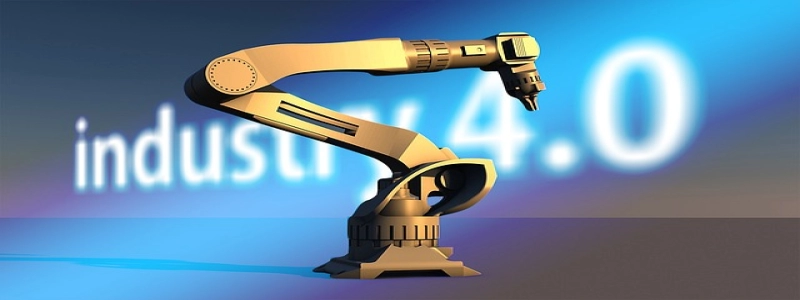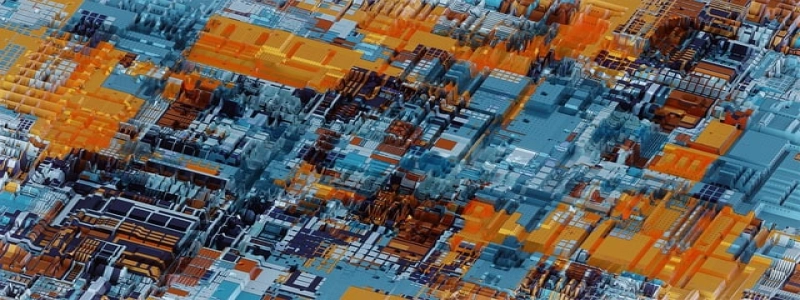Diode Laser vs CO2
Wstęp:
The advancements in laser technology have revolutionized various industries, including medicine, telecommunications, and manufacturing. Two popular types of lasers used in these industries are diode lasers and CO2 lasers. While both lasers serve specific purposes, they differ in their functionality, efficiency, and applications. In this article, we will delve into the differences between diode lasers and CO2 lasers, exploring their distinct characteristics and applications.
I. Diode Lasers:
A. Opis:
1. Diode lasers consist of a semiconductor material, typically gallium arsenide or indium gallium arsenide.
2. These lasers emit light in the infrared spectrum, usually between 800 and 1000 nm.
3. Diode lasers operate based on a phenomenon called stimulated emission, where electrons in the semiconductor material are excited to emit photons.
B. Advantages:
1. Compact and portable design, making them suitable for handheld devices.
2. High efficiency, converting a significant portion of electrical energy into laser radiation.
3. Versatile use in a range of applications, such as telecommunications, material processing, and medical procedures, including laser hair removal and dental treatments.
C. Disadvantages:
1. Limited power output compared to other laser types, such as CO2 lasers.
2. Lower beam quality, resulting in decreased accuracy and precision in certain applications.
3. Relatively higher cost compared to CO2 lasers.
II. CO2 Lasers:
A. Opis:
1. CO2 lasers employ a mixture of carbon dioxide, nitrogen, helium, and other gases as the active medium.
2. These lasers emit light in the infrared spectrum, typically at a wavelength of 10,600 nm.
3. CO2 lasers operate by exciting gas molecules to a higher energy state, which results in the emission of laser energy.
B. Advantages:
1. High power output, enabling efficient cutting, engraving, and welding of materials.
2. Excellent beam quality, ensuring accurate and precise operations in various industrial applications.
3. Cost-effective, as CO2 lasers have lower purchase and maintenance costs compared to diode lasers.
C. Disadvantages:
1. Large size and lack of portability, restricting their use to stationary systems.
2. Complex cooling requirements due to the generation of substantial amounts of heat.
3. Limited wavelength range, limiting their use in some specialized applications.
Wniosek:
While both diode lasers and CO2 lasers have their unique advantages and disadvantages, they cater to different needs within various industries. Diode lasers are compact, versatile, and efficient, making them suitable for handheld devices and medical procedures. On the other hand, CO2 lasers offer high power, excellent beam quality, and cost-effectiveness, making them more suitable for industrial applications such as cutting and welding. Understanding the differences between these lasers allows professionals and researchers to select the right tool for their specific requirements and achieve optimal results in their respective fields.








